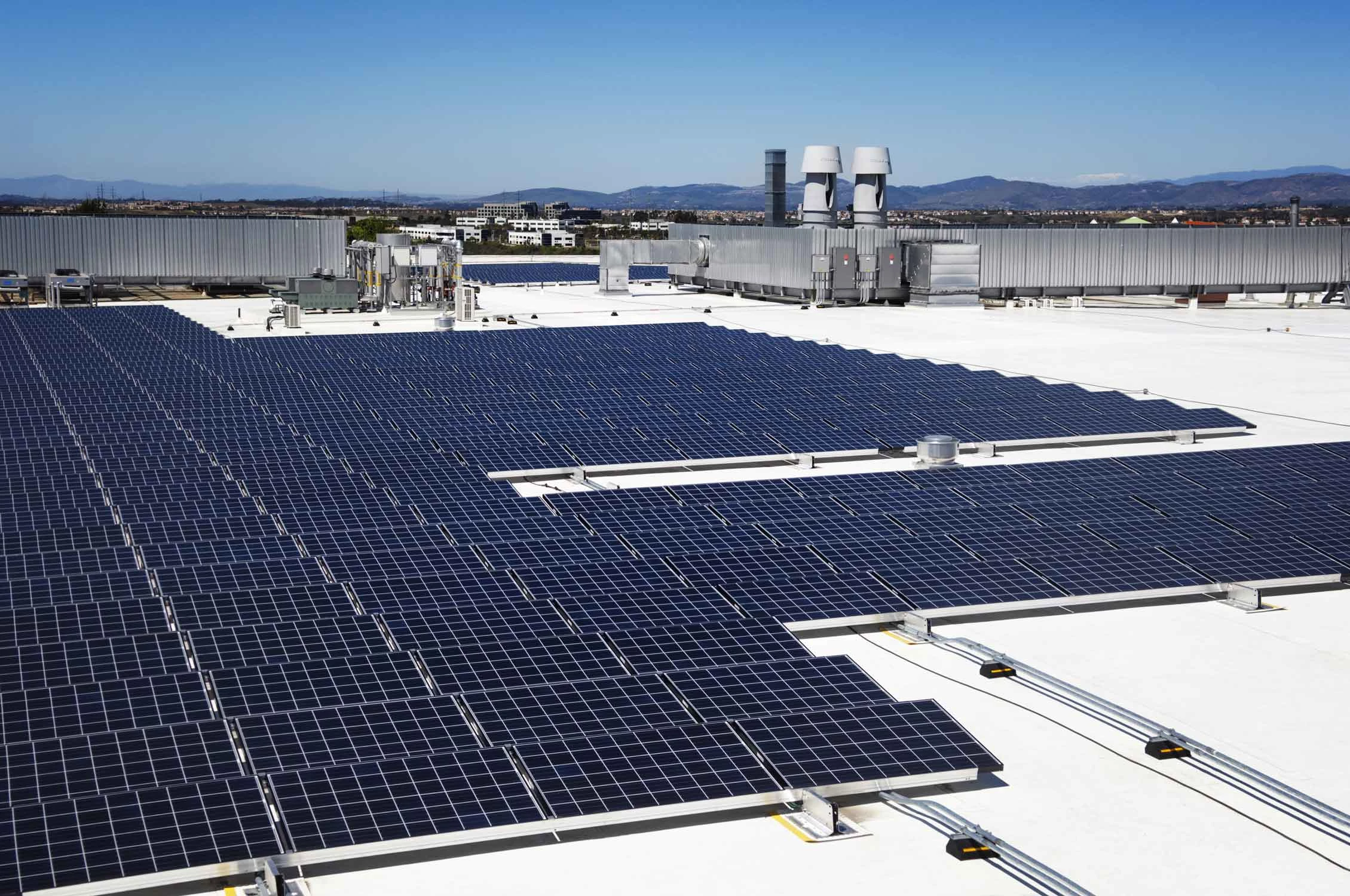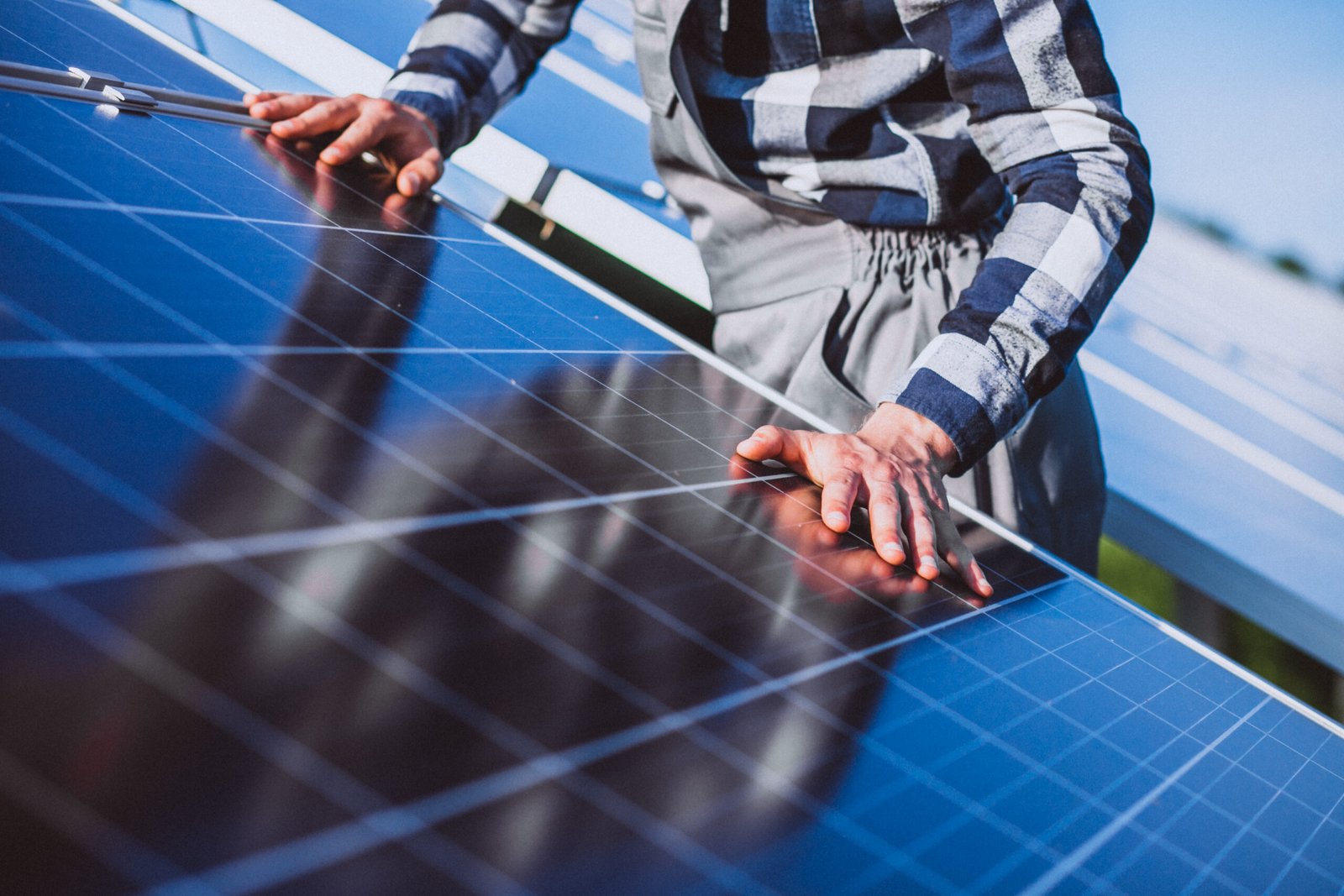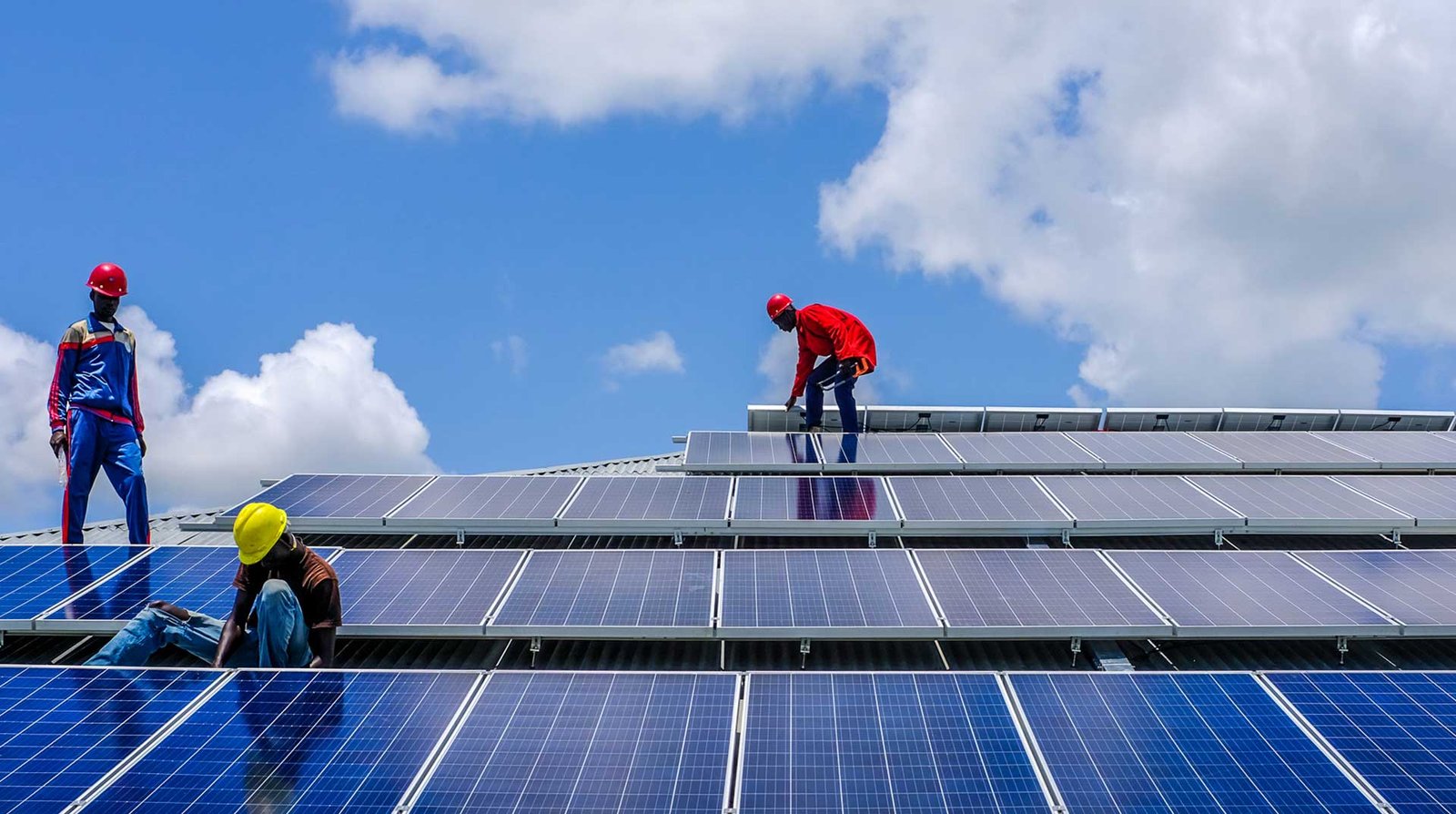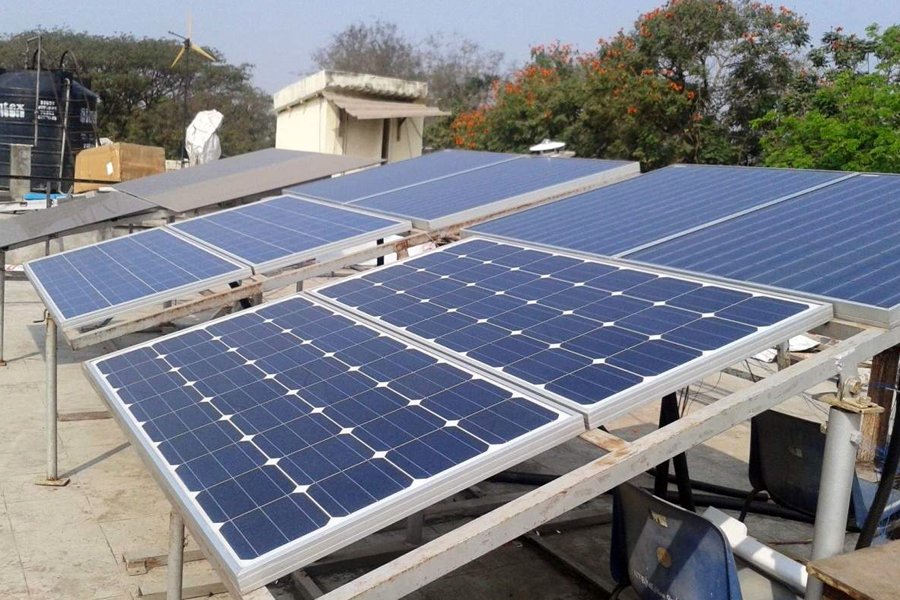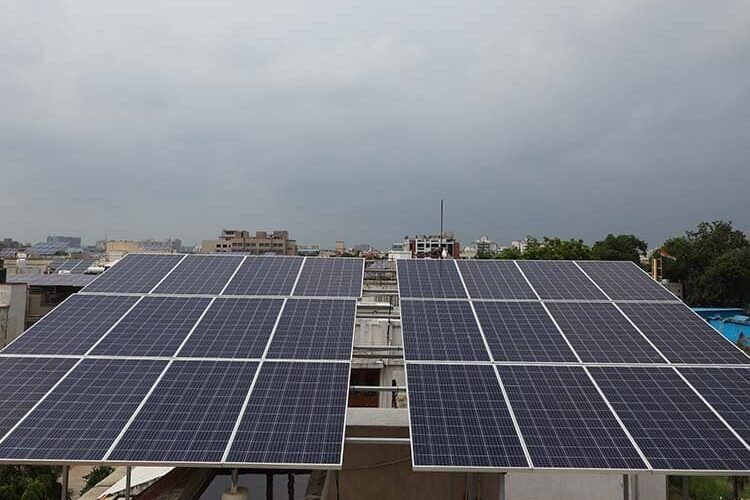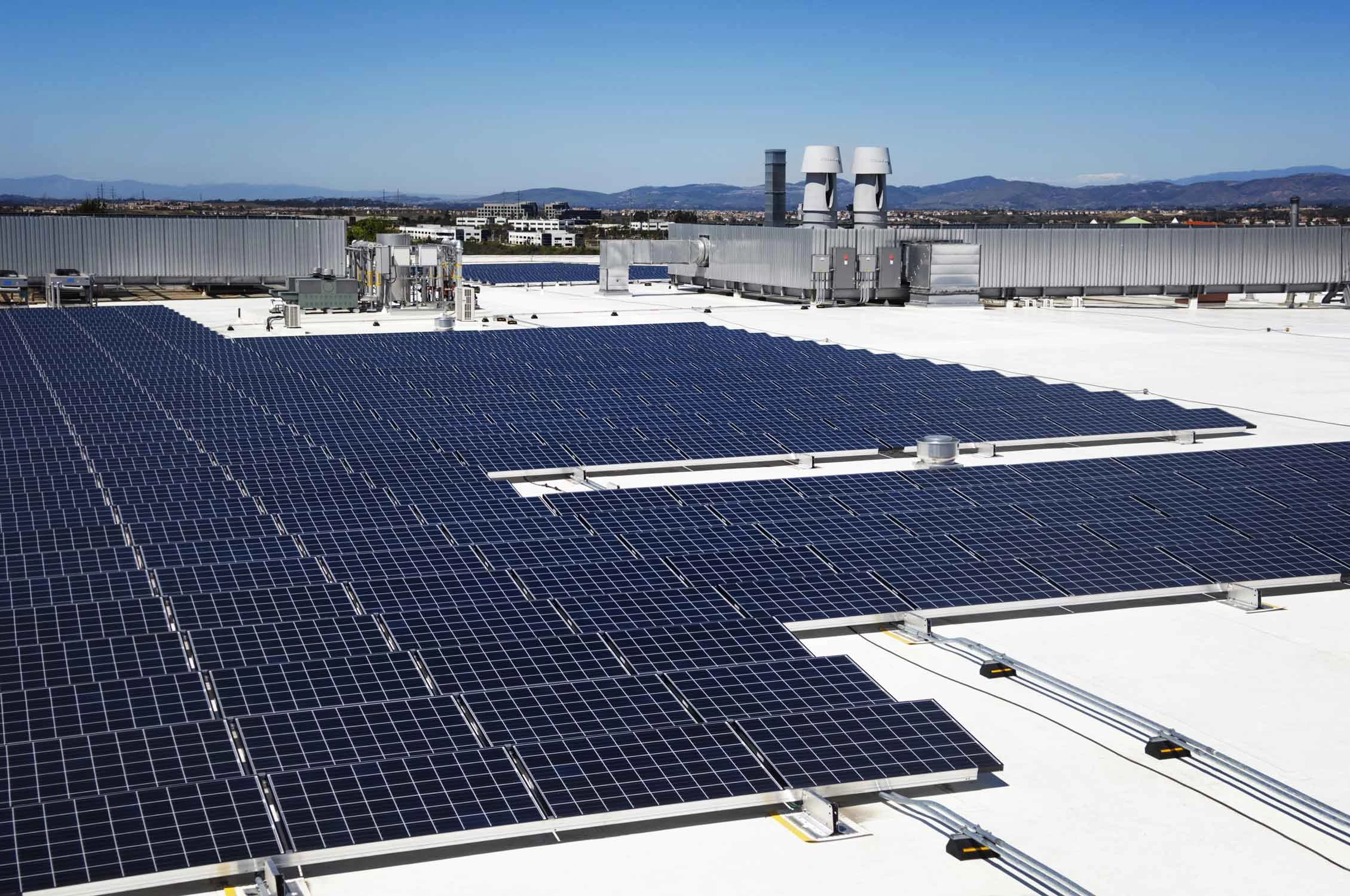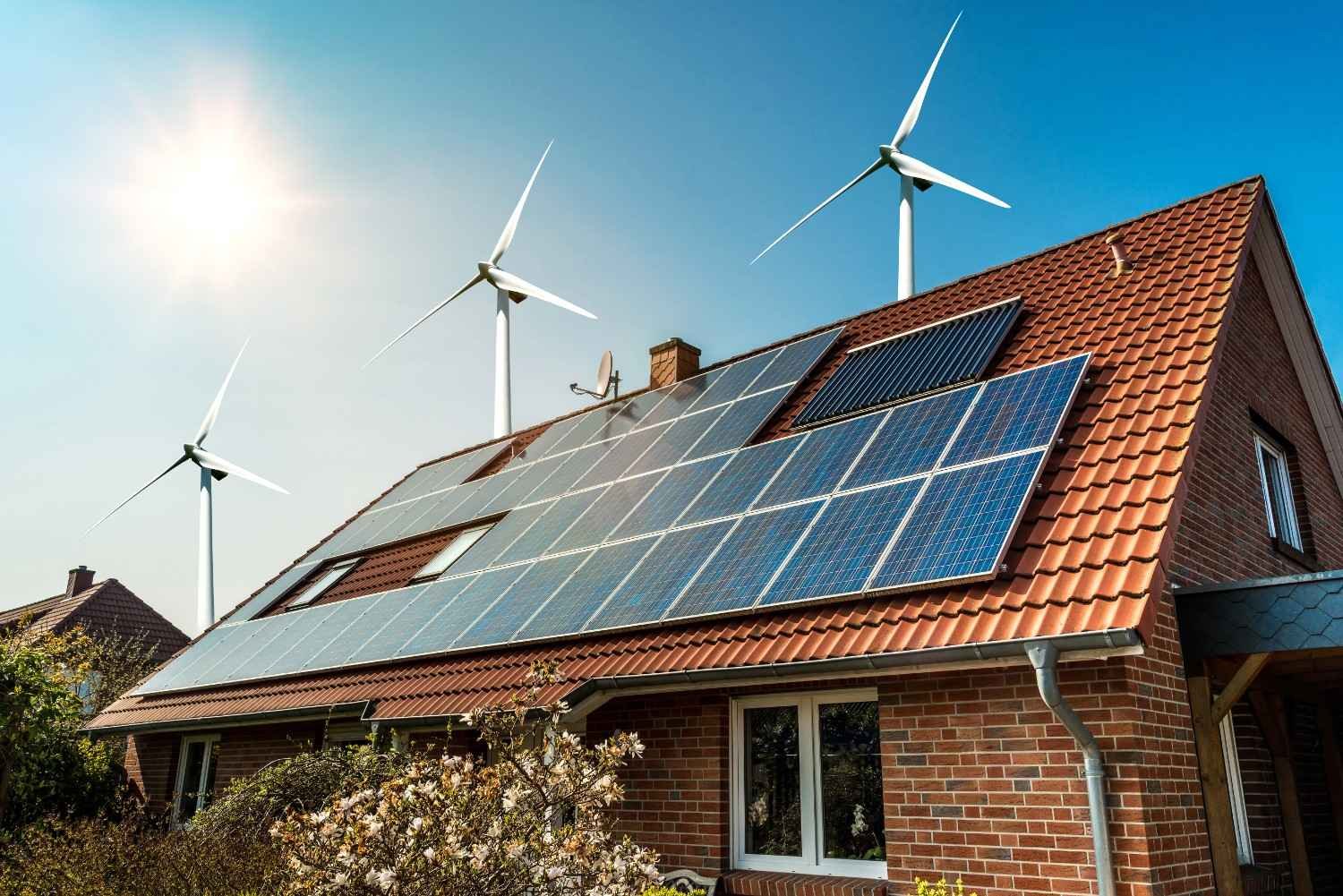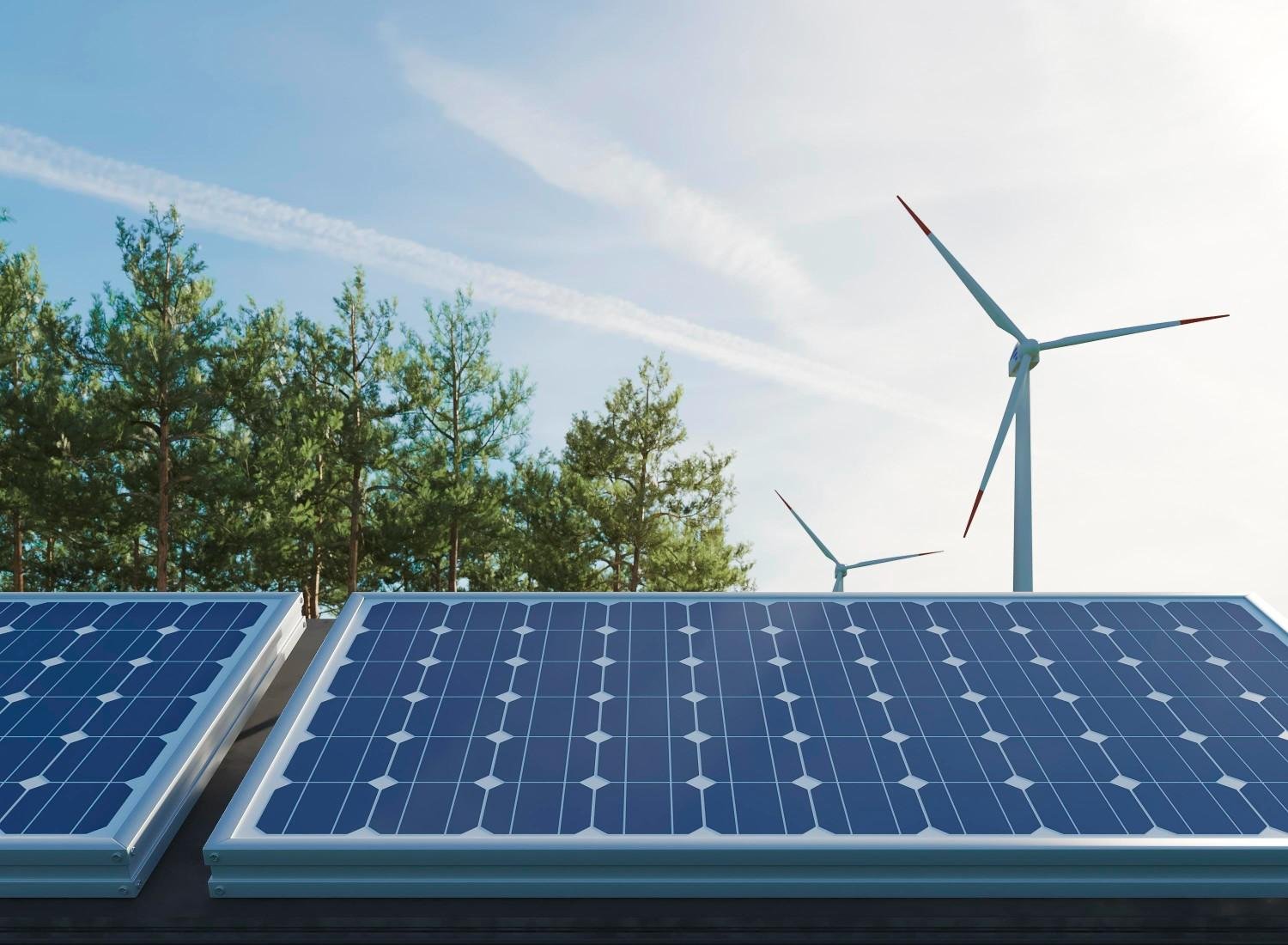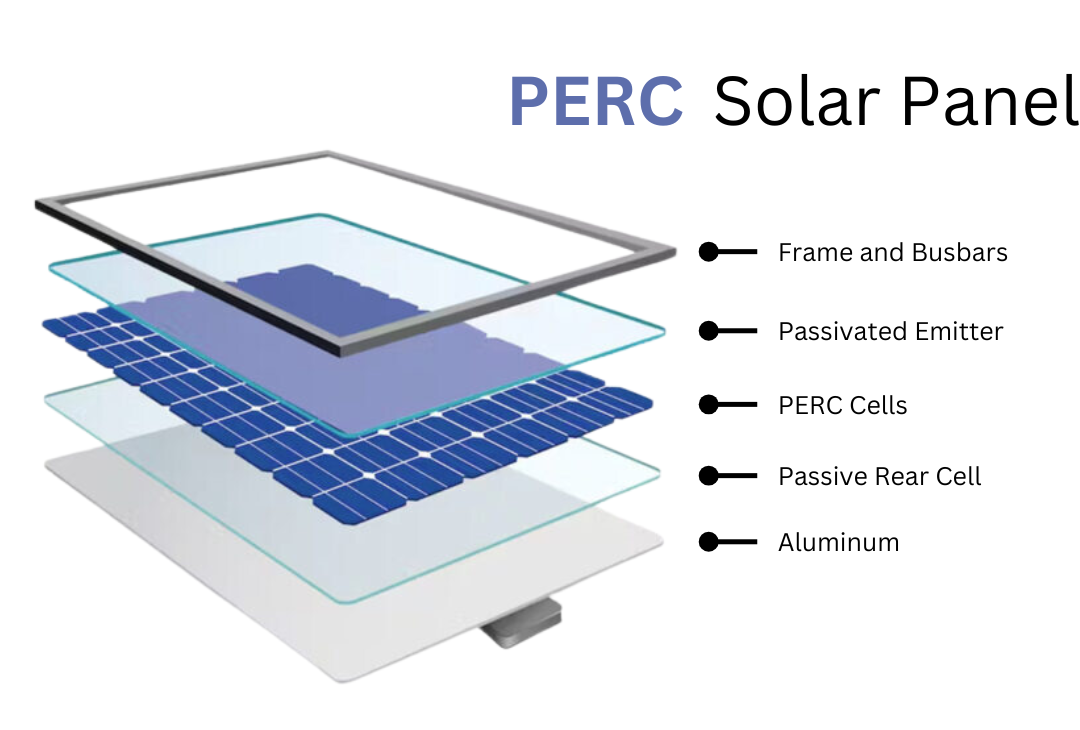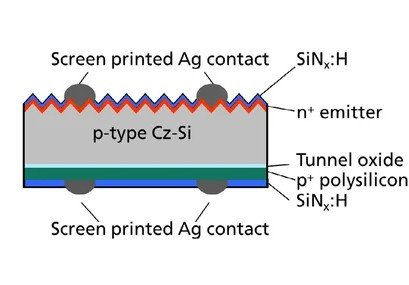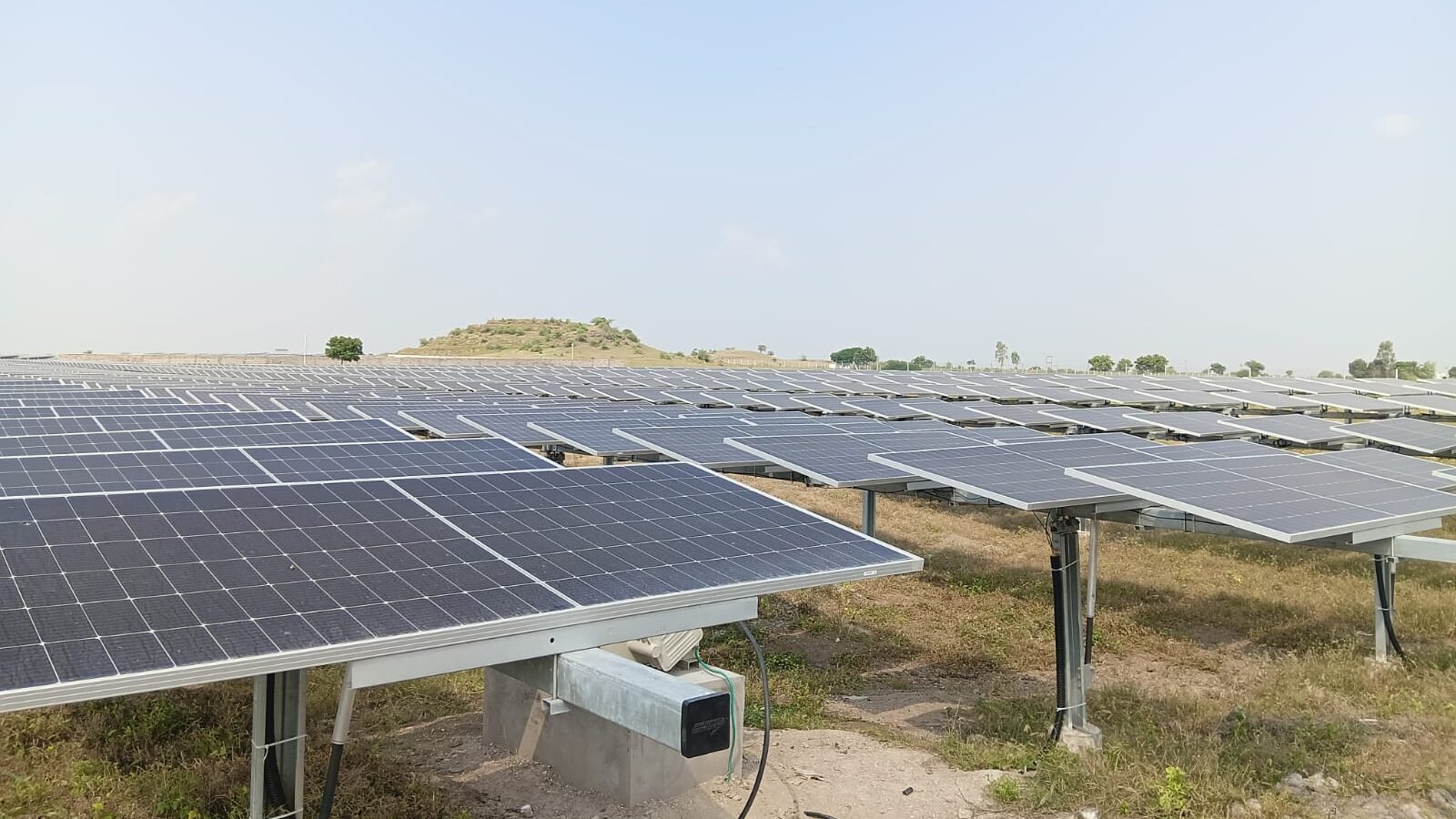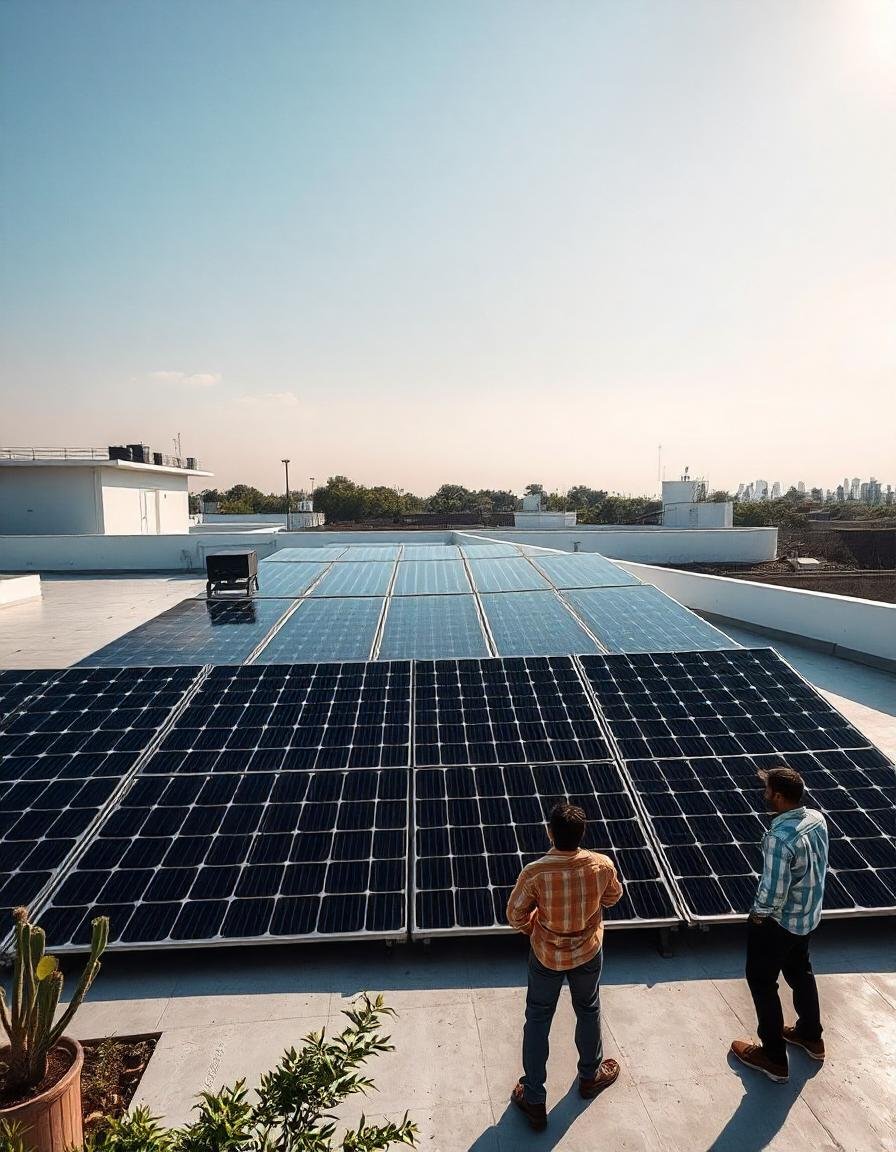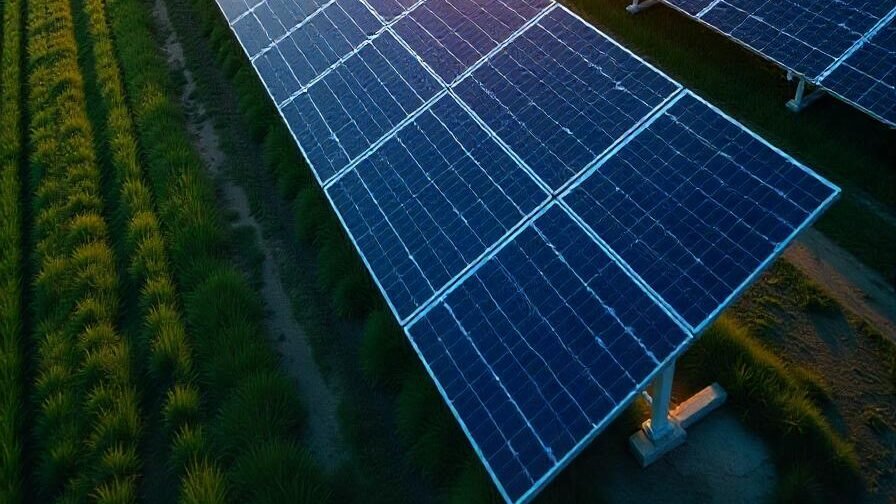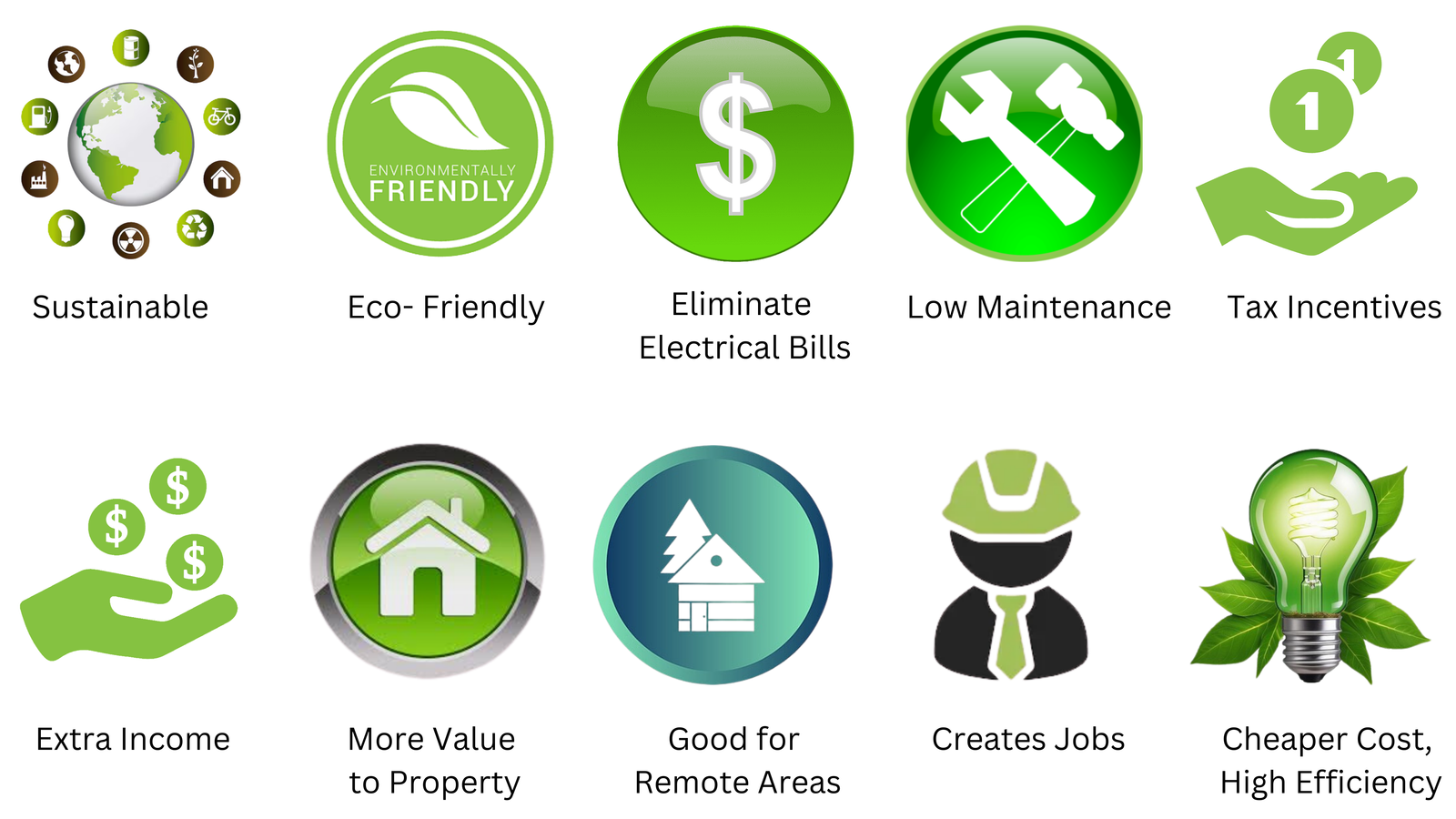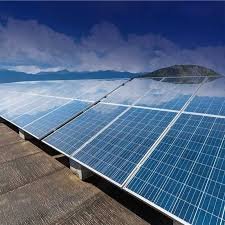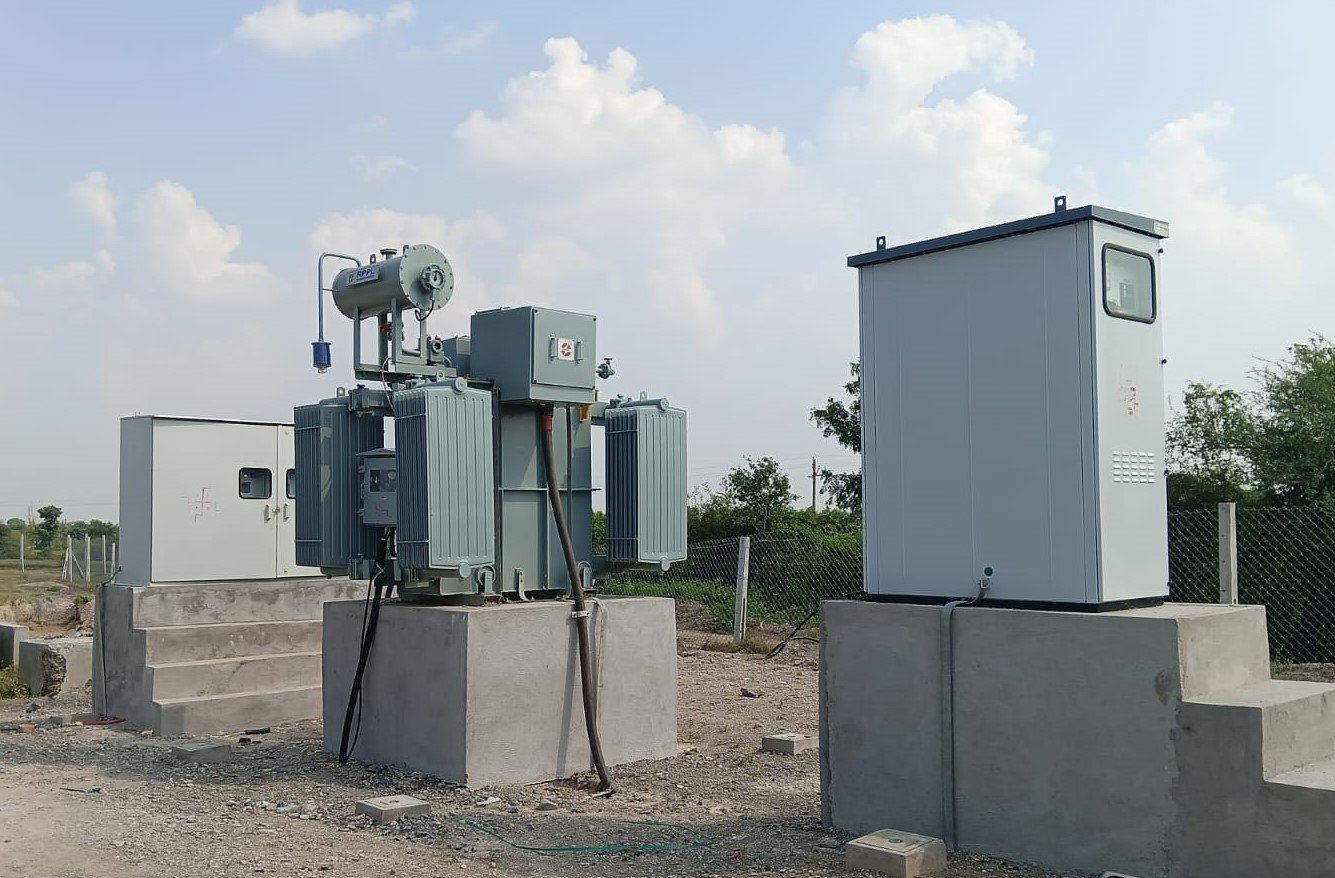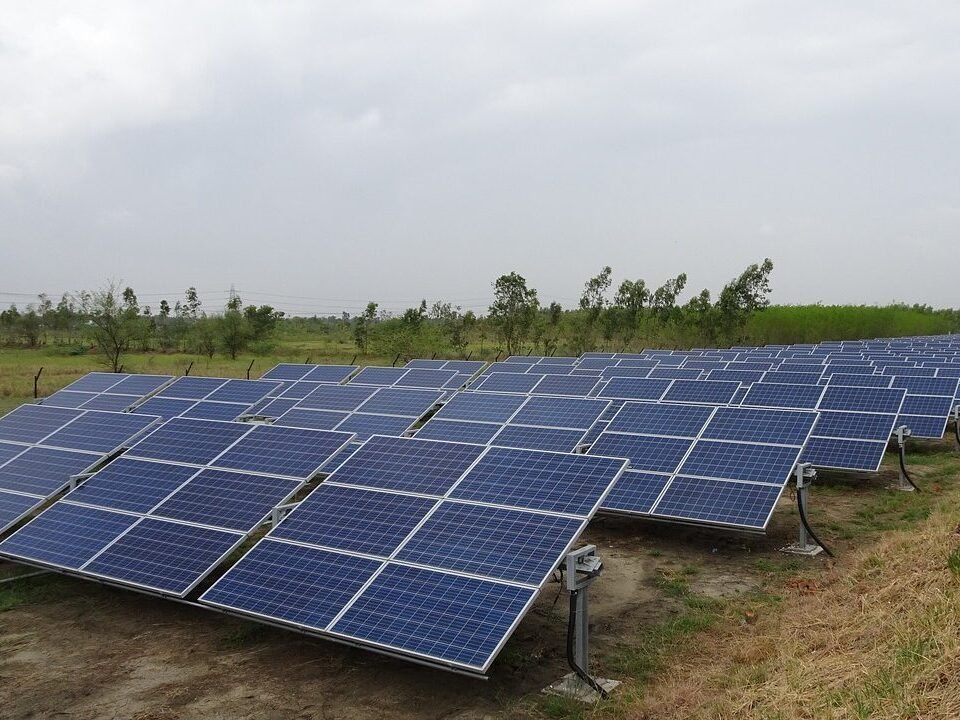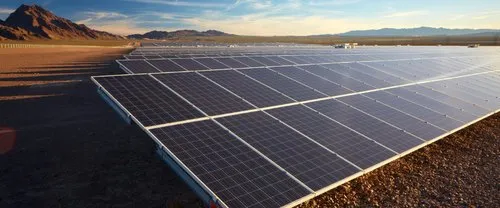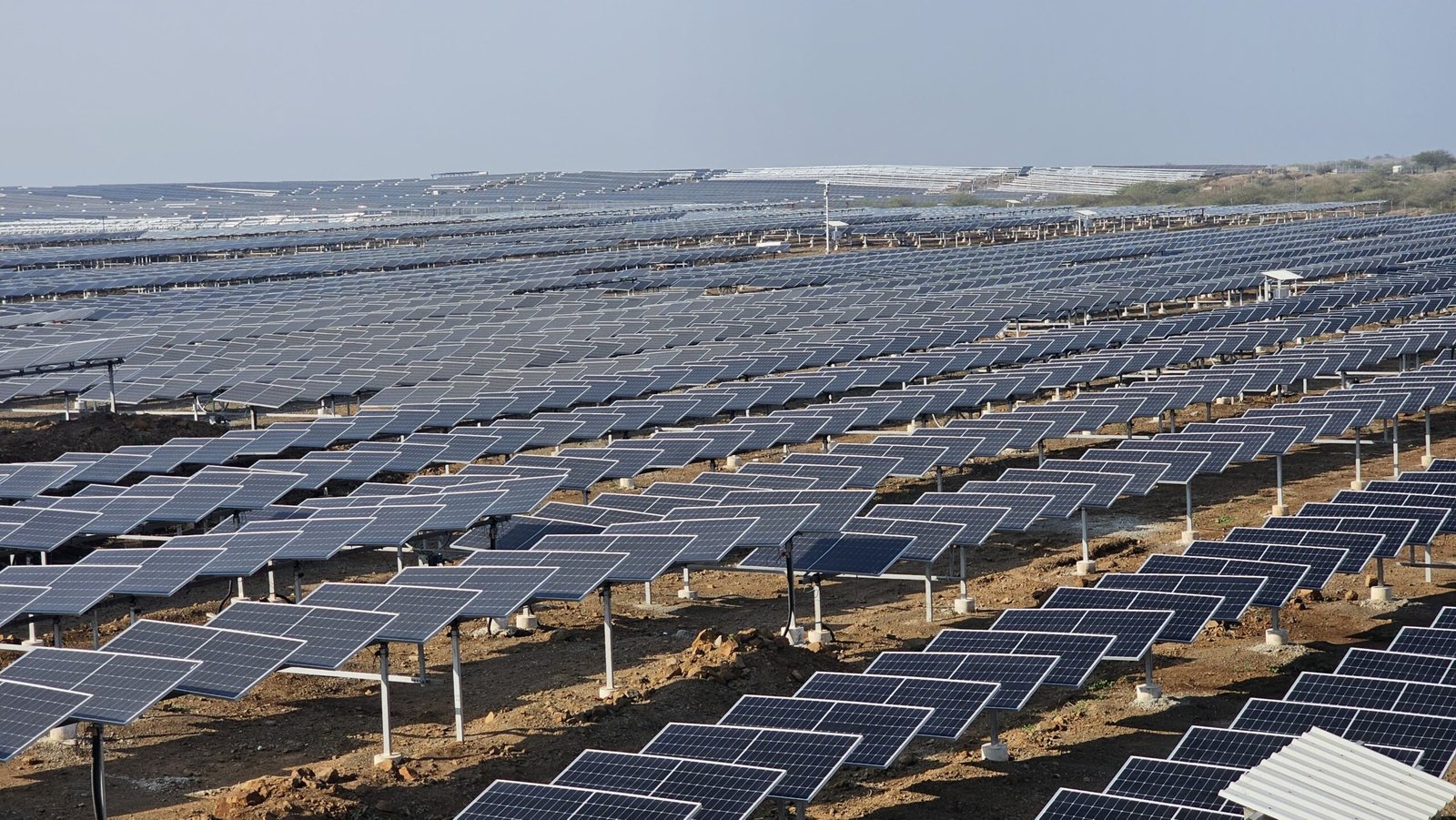In a world rapidly moving toward sustainability, commercial solar installation has emerged as a strategic solution for businesses seeking to cut operational costs, reduce their carbon footprint, and improve long-term energy independence. With solar technology advancing and government incentives becoming more generous, switching to solar is not just environmentally responsible—it’s economically smart.
Whether you’re a small enterprise, a large corporation, or a multi-site facility, understanding the full spectrum of commercial solar installation—from planning to maintenance—can help you make informed decisions that align with your energy goals.
Table of Contents
In this guide, we’ll explore everything you need to know about commercial solar installation, including benefits, costs, financing options, installation processes, ROI, and the future of solar power for businesses.
What is Commercial Solar Installation?
Commercial solar installation involves setting up photovoltaic (PV) systems on business properties—such as offices, warehouses, and retail spaces—to generate electricity from sunlight. These systems typically include solar panels, inverters, mounting structures, and monitoring equipment. By harnessing solar energy, businesses can significantly reduce electricity costs, decrease their carbon footprint, and achieve greater energy independence. Implementing such systems requires careful planning, including site evaluation, system design, obtaining necessary permits, and professional installation to ensure optimal performance and compliance with local regulations.
Key components of a commercial solar installation include:
- Solar panels (PV modules)
- Inverters
- Mounting systems (roof or ground-mounted)
- Electrical wiring and monitoring systems
- Battery storage (optional)
Why Commercial Solar Installation Matters
The global shift toward clean energy has driven businesses to rethink their energy sources. Here are a few reasons why commercial solar installation is a top priority:
- Significant Cost Savings: By generating electricity on-site, businesses can substantially reduce energy expenses. Solar power systems often lead to notable decreases in utility bills, providing long-term financial relief.
- Protection Against Rising Energy Costs: Investing in solar energy allows companies to lock in energy rates, shielding them from the volatility of traditional energy markets and ensuring more predictable operating expenses.
- Enhanced Property Value: Buildings equipped with solar panels often see an increase in property value, making them more attractive to potential buyers and tenants who prioritize sustainability and reduced operational costs.
- Environmental Responsibility: Utilizing solar energy significantly lowers a business’s carbon footprint, contributing to environmental sustainability and aligning with global efforts to combat climate change.
- Energy Independence and Reliability: Solar installations provide businesses with greater control over their energy supply, reducing dependence on the grid and enhancing resilience against power outages.
- Positive Brand Image; Adopting renewable energy sources like solar power demonstrates corporate social responsibility, enhancing brand reputation and appealing to environmentally conscious consumers and partners.

Benefits of Commercial Solar Installation
1. Substantial Reduction in Electricity Bills: Businesses in India with high power consumption can save up to 70% on electricity costs by switching to solar. With net metering and solar power generation, energy costs become significantly more predictable.
2. Government Incentives and Tax Benefits: The Indian government offers various schemes to promote solar adoption, such as:
- Accelerated Depreciation (up to 40%) on solar investments
- GST benefits
- Subsidies for certain sectors and states
- Net metering policies for excess energy
These reduce both capital expenditure and long-term operational costs.
3. Energy Independence: Solar gives your business control over energy production, reducing dependence on the utility grid and protecting against power outages or tariff hikes. This is especially useful in areas with unstable electricity supply.
4. Quick Return on Investment (ROI): With reduced power bills and tax advantages, most commercial solar projects in India achieve ROI in 3 to 5 years—making it a highly viable long-term investment.
5. Low Maintenance and Long Lifespan: Commercial solar systems have low maintenance requirements and can last up to 25–30 years. Occasional cleaning and system checks are usually enough to maintain peak efficiency.
6. Environmental Benefits: By going solar, your business directly reduces its carbon footprint. A single commercial solar installation can offset thousands of tons of CO₂ over its lifetime.
7. Enhances Brand Image: Adopting clean energy aligns with Corporate Social Responsibility (CSR) goals and portrays your business as eco-conscious. This builds trust with clients, partners, and investors.
8. Increases Property Value: Buildings with solar installations are seen as premium assets. Solar panels can increase the resale and rental value of commercial properties.
9. Custom Solutions for Every Business Type: Whether it’s rooftop, ground-mounted, or hybrid systems, solar installations in India can be custom-designed based on your space, budget, and energy needs.
10. Supports National Solar Mission: By adopting solar, your business supports the Government of India’s renewable energy targets, including its goal of achieving 500 GW of non-fossil fuel capacity by 2030.

Understanding the Commercial Solar Installation Process
1. Initial Consultation and Site Assessment: The journey begins with a site survey to assess the building’s solar potential. This includes evaluating:
- Roof or land space availability
- Structural strength
- Shadow analysis
- Current electricity usage
Professionals use this data to determine the system size and type that best suits your business.
2. Financial Feasibility and Proposal: After the assessment, the solar company provides:
- A customized proposal with estimated costs, savings, and ROI
- Details on subsidies, tax benefits, and incentives available in your state
- Information about loan or financing options (if applicable)
This step helps business owners make an informed decision based on economic feasibility.
3. System Design and Engineering: Based on site-specific data, the engineering team designs a tailored solar PV system, which includes:
- Panel layout
- Mounting structure plan
- Electrical configuration
- Inverter selection
- Energy monitoring system
The design is made to maximize efficiency and comply with local regulations.
4. Regulatory Approvals and Documentation: Before installation, businesses must obtain:
- Net metering approval from the local electricity board
- Necessary permits and licenses from government agencies
- Environmental or safety clearances (if required)
Reputed solar EPC companies in India handle this paperwork to simplify the process for clients.
5. Procurement of Equipment: Once approvals are secured, the solar installer sources:
- Solar panels (usually Tier-1, high-efficiency)
- Inverters (string or central type)
- Mounting structures, cables, and safety devices
All materials are tested for quality and durability to ensure long-term performance.
6. Installation and Commissioning: Installation is carried out by trained professionals and typically takes 1–4 weeks, depending on system size. This includes:
- Mounting the panels
- Wiring and electrical setup
- Inverter and monitoring device integration
- System testing and final inspection
After everything is tested, the system is commissioned and connected to the grid.
7. Net Metering and Synchronization: The local DISCOM (Distribution Company) installs a bi-directional meter to track power consumed from and exported to the grid. This allows for:
- Energy credits for excess solar production
- Reduction in monthly electricity bills
8. Monitoring and Maintenance: Most systems come with real-time monitoring tools, accessible via apps or web dashboards. Maintenance is minimal, but includes:
- Occasional cleaning of panels
- Inverter health checks
- Electrical system inspections
Service contracts are often provided by the EPC company to ensure peak performance year-round.
9. After-Sales Support: Reputed solar companies in India offer:
- Warranties (typically 25 years on panels, 5–10 years on inverters)
- AMC (Annual Maintenance Contracts)
- Technical support for troubleshooting
After-sales service is crucial for a hassle-free solar experience.
Types of Commercial Solar Installations
1. Rooftop Solar Systems
- Rooftop installations are among the most common for commercial properties. They utilize unused roof space to mount solar panels, making efficient use of existing structures. These systems are ideal for buildings with large, flat roofs, such as warehouses or office complexes. They offer the advantage of preserving ground space and can be tailored to the roof’s orientation and load-bearing capacity.
2. Ground-Mounted Systems
- Ground-mounted systems are installed on open land adjacent to commercial facilities. They are suitable for businesses with ample unused land and can be oriented for optimal sun exposure, potentially leading to higher energy production. These installations are accessible for maintenance and can be scaled easily to meet growing energy needs.
3. Solar Carports
- Solar carports involve installing solar panels atop parking structures, providing dual benefits: generating electricity and offering shaded or protected parking for vehicles. This type of installation is particularly advantageous for businesses with large parking areas, such as shopping centers or corporate campuses. Solar canopies can also be integrated with electric vehicle charging stations, enhancing the utility of the installation.
4. Floating Solar Power Plants
- Floating solar systems are installed on bodies of water, such as reservoirs or ponds. They are ideal for businesses located near water sources, offering a unique solution when land is limited.
5. Pole-Mounted Solar Systems
- Pole-mounted systems elevate solar panels on single or multiple poles, allowing for installations in areas where space is constrained or where ground conditions are unsuitable for traditional ground mounts. These systems can be adjusted for optimal tilt and orientation, enhancing energy capture.

Factors Affecting the Cost of Commercial Solar Installation
The cost of commercial solar installation in India can vary significantly depending on several key factors. Understanding these variables helps businesses plan better and make cost-effective decisions. Below are the primary elements that influence pricing:
1. System Size and Capacity: The total cost is largely dependent on the size of the solar system, usually measured in kilowatts (kW) or megawatts (MW). Larger systems benefit from economies of scale, reducing the cost per watt of installation.
Example: A 100 kW system might cost ₹50–₹60 per watt, while smaller setups could be more expensive per unit.
2. Type and Quality of Solar Panels: Different types of panels (monocrystalline, polycrystalline, or thin-film) come with varying efficiency rates and prices.
- Monocrystalline panels: Higher efficiency but more costly.
- Polycrystalline panels: Budget-friendly with slightly lower performance.
- Thin-film panels: Lightweight, but typically less efficient.
3. Inverter Selection: Inverters convert solar DC energy into usable AC power. Their quality and type (string inverters, central inverters, or microinverters) significantly affect both performance and price.
4. Mounting Structure and Site Complexity: Installation on sloped or older rooftops, or challenging terrains, may require customized mounting structures, increasing overall cost.
5. Location of Installation: Geographical factors impact pricing:
- Solar irradiation levels (more sunlight = better performance)
- Logistics and transportation costs (remote areas incur higher charges)
- State-specific regulations and tariffs
6. Government Subsidies and Incentives: Government programs can reduce your upfront costs:
- Capital subsidies for specific sectors
- Accelerated depreciation benefits (up to 40%)
- Net metering incentives
Your final cost depends on eligibility and application of these schemes.
7. Brand and Warranty: The brand reputation of solar panels, inverters, and other components impacts price. Premium brands offer longer warranties (up to 25 years) and higher durability, justifying the investment.
8. Installation and Labor Charges: Labor costs differ depending on location, site accessibility, and the complexity of the installation. Reputed EPC (Engineering, Procurement & Construction) companies may charge more, but they ensure better quality and reliability.
9. Monitoring and Maintenance Systems: Modern commercial systems often include:
- Smart energy monitoring platforms
- Surge protection devices
- Remote diagnostics
These features add to the cost but offer long-term operational benefits.
10. Battery Storage (Optional): If the business opts for battery backup or hybrid systems, this will substantially increase the investment, though it provides energy reliability during power cuts or peak tariff hours.
Financing Options for Commercial Solar Installation
1. Solar Loans from Banks and NBFCs: Many nationalized and private banks, as well as NBFCs (Non-Banking Financial Companies), provide dedicated solar loans tailored for commercial needs.
- Ugro Capital: Provides up to ₹3 crore without collateral and EMIs that are often lower than regular electricity bills.
- Bank of Baroda: Offers loans up to ₹30 crore with flexible tenure (up to 10 years) for MSMEs.
- SIDBI (Small Industries Development Bank of India): Offers interest rates between 8.6% to 9.2%, with up to ₹50 crore financing.
2. Government Subsidies and Incentives: The Government of India promotes solar adoption through a range of incentives:
- Accelerated Depreciation: Up to 40% depreciation benefits under Income Tax Act to reduce taxable income.
- Capital Subsidy Schemes: Offered through state and central renewable energy agencies for rooftop systems.
- Net Metering Benefits: Reduce electricity bills by selling excess solar energy to the grid.
3. Solar Leasing: Businesses can lease solar panels instead of owning them. In this model:
- The solar service provider owns and maintains the system.
- The business pays a fixed lease/rental amount monthly.
- No upfront investment is needed.
4. Power Purchase Agreements (PPAs): A PPA allows a third-party investor or developer to install and maintain the solar system on your premises. You pay only for the electricity generated, usually at a lower rate than the grid.
- Zero upfront cost
- Maintenance handled by provider
- Long-term savings on energy bills
5. Green Bonds and External Commercial Borrowings (ECBs): Large enterprises can also access green finance:
- Green Bonds: Raise capital for eco-friendly infrastructure including solar projects.
- ECBs: Low-interest loans from international sources for renewable energy projects.
6. On-Bill Financing: Though not yet widespread in India, some utility companies offer on-bill financing, where solar installation costs are repaid through the company’s electricity bills.

Evaluating the ROI of Commercial Solar Installation
1. Initial Investment Cost: The upfront cost of a commercial solar installation varies based on system size, quality of components, and installation complexity. In India, the average cost ranges between ₹45 to ₹60 per watt for larger systems (100 kW and above).
Example: For a 100 kW system:100,000 watts x ₹50 = ₹50,00,000 initial investment (approx)
2. Electricity Bill Savings: Electricity tariffs for commercial users in India range from ₹7 to ₹12 per unit (kWh), depending on the state and DISCOM. A 100 kW system generates approximately 1.4 to 1.6 lakh units annually, saving up to:
1.5 lakh units x ₹10 = ₹15,00,000/year in savings
3. Payback Period: The payback period is the time it takes for the energy savings to recover the initial investment. For most businesses in India, the payback period is between 3 to 5 years. With government incentives like accelerated depreciation and net metering, the payback time can be reduced further.
4. Incentives That Boost ROI
- Accelerated Depreciation (up to 40%) helps reduce taxable income quickly.
- Net Metering Policies allow exporting surplus power back to the grid, earning credits or income.
- Capital Subsidies for specific sectors like MSMEs and educational institutions.
5. Lifespan and Long-Term Gains: A commercial solar system typically lasts 25 years or more, offering 20+ years of free electricity after breakeven. With minimal maintenance and consistent performance, ROI over two decades is substantial.
Estimated Return: ₹3 to ₹5 earned for every ₹1 invested, depending on system efficiency and local electricity rates.
6. ROI Calculation Formula
- ROI (%) = \(Net Savings Over System Life – Initial Investment\) ÷ Initial Investment × 100
Example:
- Total savings over 25 years: ₹3.5 crore
- Initial cost: ₹50 lakh
ROI = \(3.5 crore – 50 lakh\) ÷ 50 lakh × 100 = 600%
7. Other Financial Considerations
- Green brand image may attract ESG-focused investors and customers.
- No fuel costs or price volatility like diesel or coal.
- Tax benefits improve cash flow.
- Improved property value for solar-equipped commercial buildings.
Choosing the Right Commercial Solar Installer
When selecting a partner for your commercial solar installation, consider:
- Experience & certifications (e.g., NABCEP, MCS)
- Track record of similar projects
- Comprehensive warranties
- Post-installation support
- In-house vs subcontracted teams
- Customer testimonials and reviews
Companies like Soleos Solar Energy, for example, offer full EPC (Engineering, Procurement, and Construction) services with performance guarantees and end-to-end project management.
The Future of Commercial Solar Installation
India’s Commercial Solar Installation sector is witnessing rapid expansion, driven by ambitious government targets, increasing corporate sustainability commitments, and continuous technological advancements. With a national goal of reaching 280 GW of solar capacity by 2030, policies like the Green Energy Open Access Rules (GEOA) are making it easier for businesses to procure clean power. As a result, Commercial Solar Installation accounted for 36% of India’s total solar capacity addition in 2022—up from just 16% in 2016. This growth is expected to accelerate as companies aim to meet ESG goals and cut long-term electricity expenses.
Innovations such as bifacial solar panels, floating solar systems, and AI-driven energy monitoring are enhancing the efficiency and scalability of Commercial Solar Installation across India. While challenges like land acquisition and grid integration remain, the future looks bright—especially for rooftop solar adoption in the commercial and industrial segments. With strong policy backing, rising energy demands, and increasing environmental awareness, commercial solar is set to play a critical role in India’s renewable energy transformation.
Frequently Asked Questions (FAQs)
1. What is commercial solar installation?
Commercial solar installation refers to the process of installing solar power systems on business properties such as offices, warehouses, retail spaces, and manufacturing facilities. These systems are designed to meet higher energy demands than residential systems and offer significant cost and sustainability benefits.
2. How much does a commercial solar installation cost?
Costs can vary widely depending on the size of the system, type of panels, location, and installation type. On average, a commercial solar system can range from $100,000 to over $1 million. However, government incentives, tax benefits, and financing options can significantly reduce the net cost.
3. How long does it take to complete a commercial solar installation?
The process typically takes 2 to 6 months, depending on the complexity of the project. This includes:
- Site evaluation
- System design
- Permitting
- Equipment procurement
- Actual installation and grid connection
4. How much can my business save with commercial solar installation?
Businesses can save 30% to 70% on electricity bills over the lifetime of the system. Some companies report savings of tens of thousands to hundreds of thousands of dollars annually, especially with large-scale systems.
5. Is my business property suitable for solar panels?
Most commercial buildings are suitable, especially those with:
- Flat or south-facing roofs
- Unused land space for ground-mounted systems
- Consistent energy usage patterns
A site assessment will determine the feasibility based on sun exposure, roof condition, and structural integrity.
6. What are the financing options for commercial solar installation?
Several financing models are available, including:
- Cash Purchase – Full ownership and maximum ROI
- Solar Loan – Own the system while spreading out payments
- Power Purchase Agreement (PPA) – No upfront cost; pay only for the electricity
- Lease – Monthly payments to use the system
Each option offers unique benefits depending on your business’s financial goals.
7. What government incentives are available for commercial solar?
Incentives vary by region, but commonly include:
- Investment Tax Credit (ITC) – U.S. businesses can deduct a percentage of installation costs
- Accelerated Depreciation (MACRS)
- Local grants and rebates
- Net metering policies
- Renewable energy certificates (RECs)
These can reduce the cost by up to 50% or more.
8. How long will the solar system last?
Most commercial solar systems are built to last 25–30 years. Panels often come with performance warranties of 25 years, and inverters usually last 10–15 years, with replacements or upgrades as needed.
9. What happens if my business moves or expands?
If your business relocates:
- Roof-mounted systems can sometimes be transferred or sold with the property.
- Ground-mounted systems may be decommissioned or moved.
- PPAs and leases can be reassigned to the new property owner.
Always plan your solar investment with business growth in mind.
10. How is maintenance handled for commercial solar systems?
Solar systems require minimal maintenance, but regular checks ensure peak performance:
- Panel cleaning
- Inverter and wiring inspection
- Performance monitoring
Many installers offer monitoring dashboards and maintenance packages.
11. Will commercial solar installation affect my operations?
Installations are planned to minimize disruption. Roof work and electrical connections are usually done outside of peak operating hours. Experienced EPC contractors coordinate the process with your business needs.
12. How do I choose the right commercial solar installer?
Key factors include:
- Proven experience with commercial-scale projects
- Certifications (e.g., NABCEP, MCS)
- In-house engineering and support
- Customer reviews and case studies
- Warranty and service offerings
Look for end-to-end service providers like Soleos Solar Energy, who manage everything from feasibility to maintenance.
Conclusion
In conclusion, Commercial Solar Installation in India offers a transformative opportunity for businesses to reduce operational costs, meet sustainability goals, and contribute to the nation’s clean energy future. With government incentives, technological advancements, and growing awareness, more enterprises are turning to Commercial Solar Installation as a reliable and profitable solution. Whether you run a manufacturing unit, educational institution, or a commercial facility, investing in Commercial Solar Installation ensures long-term energy security and environmental responsibility.
If you’re ready to harness the sun and take your business toward a greener future, now is the time to act. Soleos Solar Energy is your trusted partner for end-to-end Commercial Solar Installation services—customized, efficient, and built for performance. Contact us today to explore how Commercial Solar Installation can revolutionize your energy strategy and boost your bottom line.
